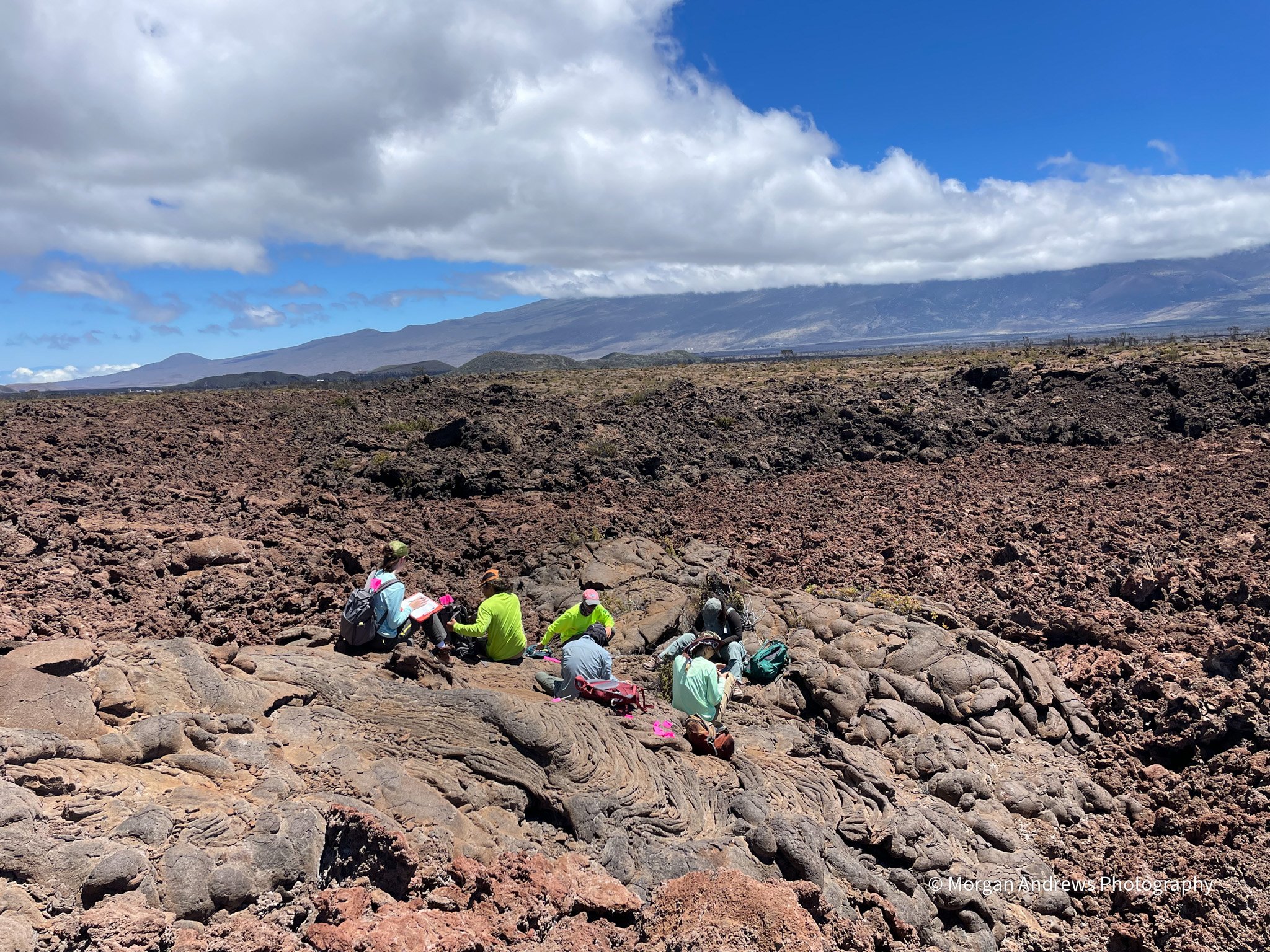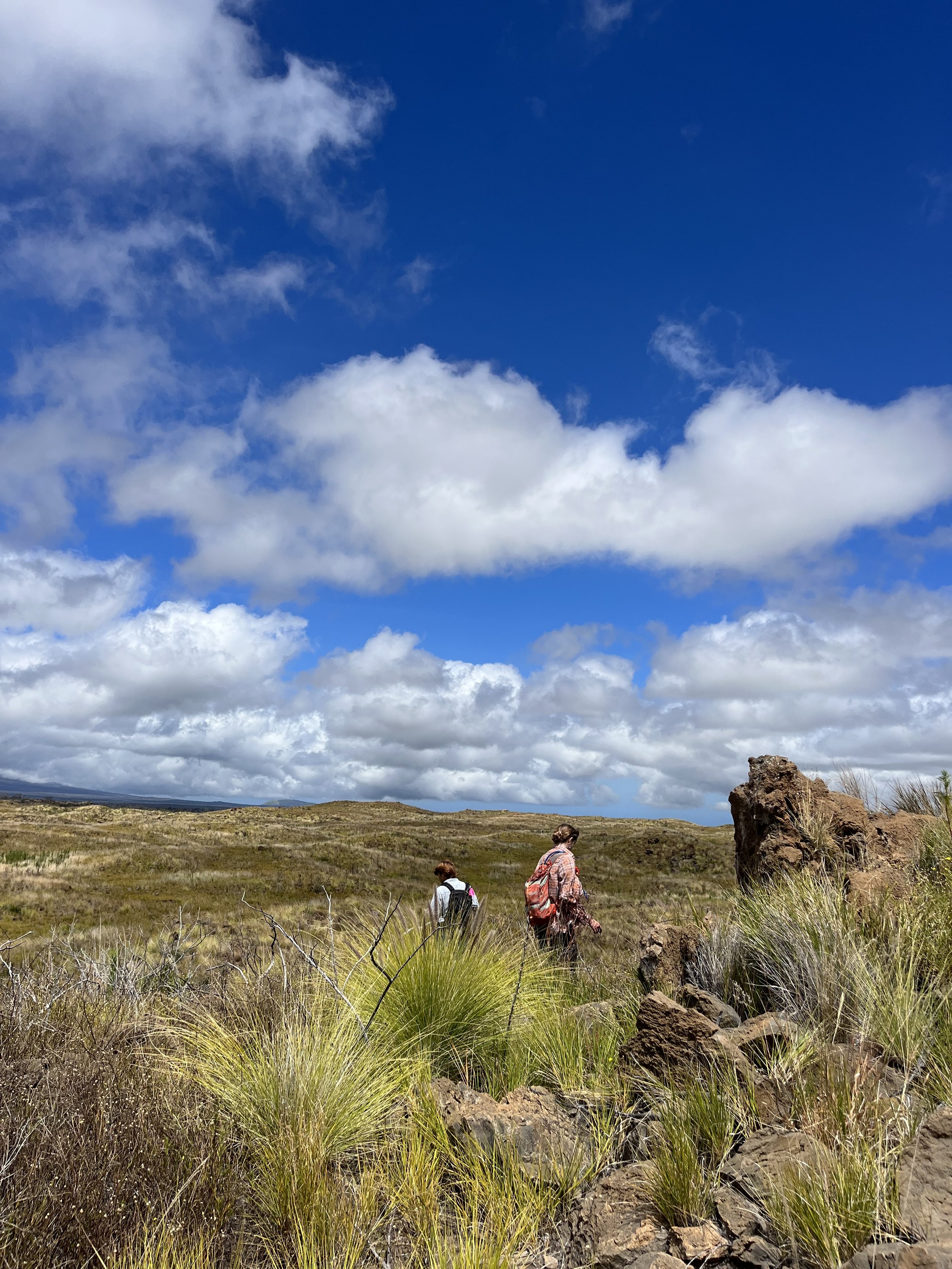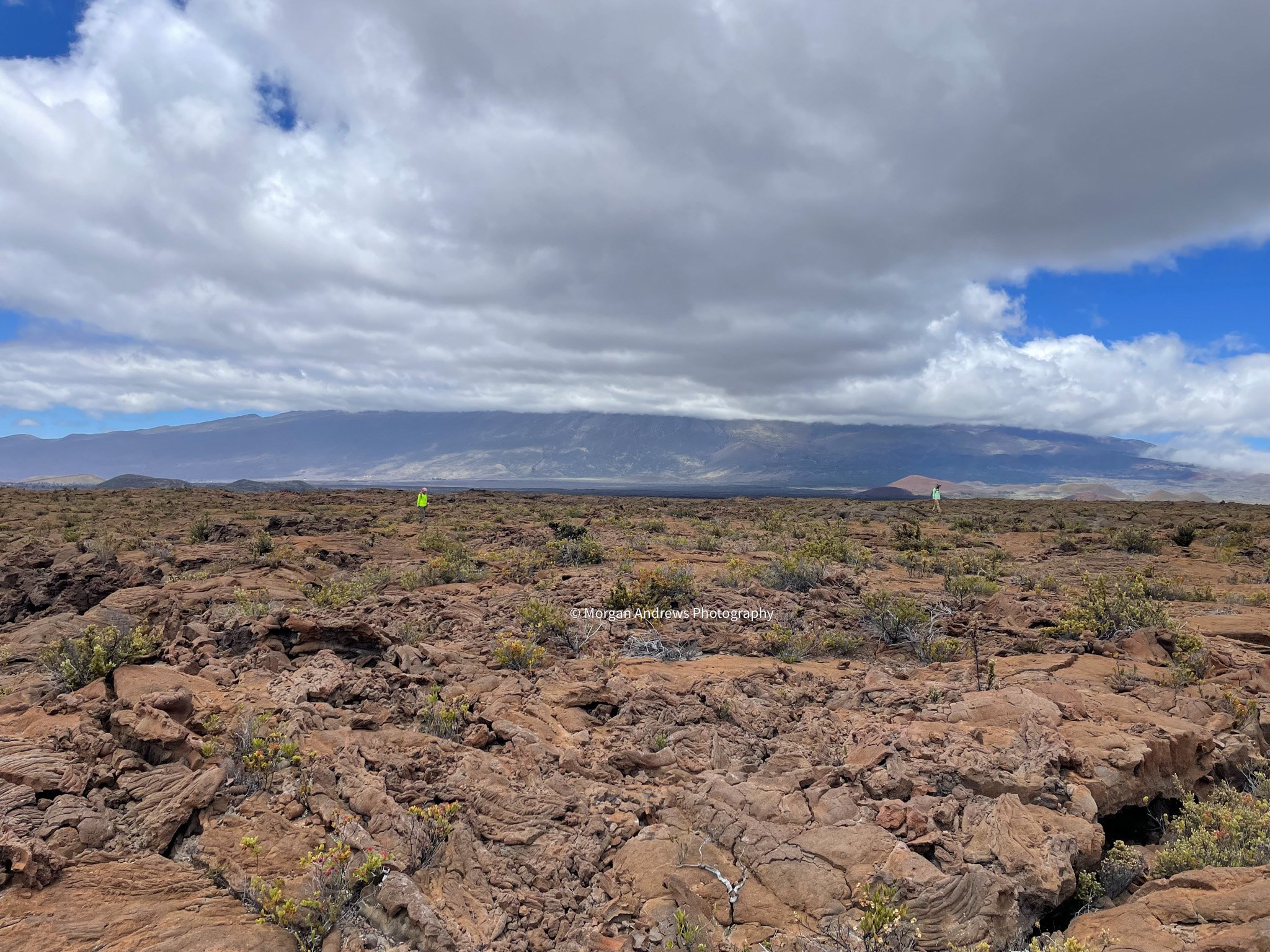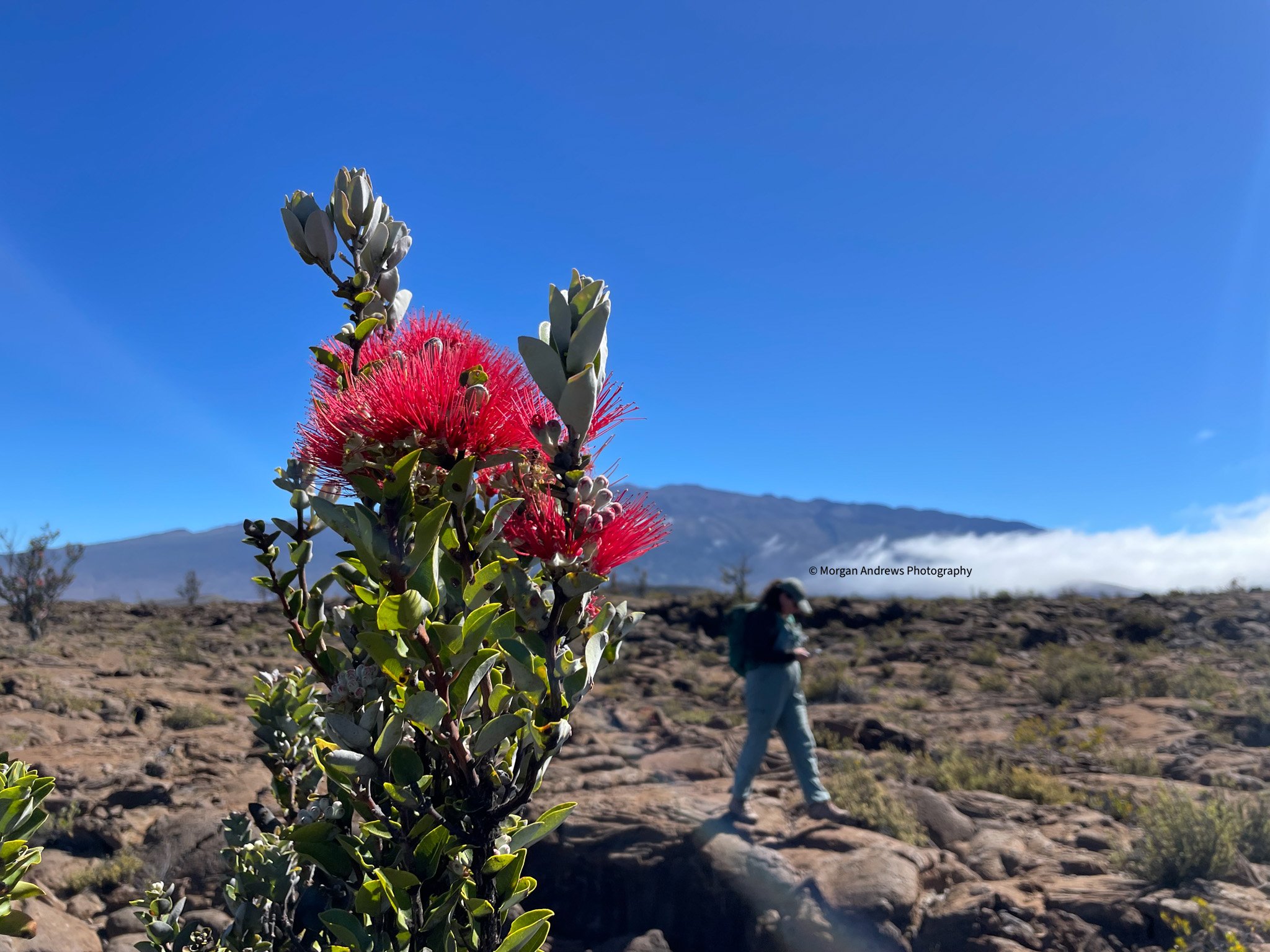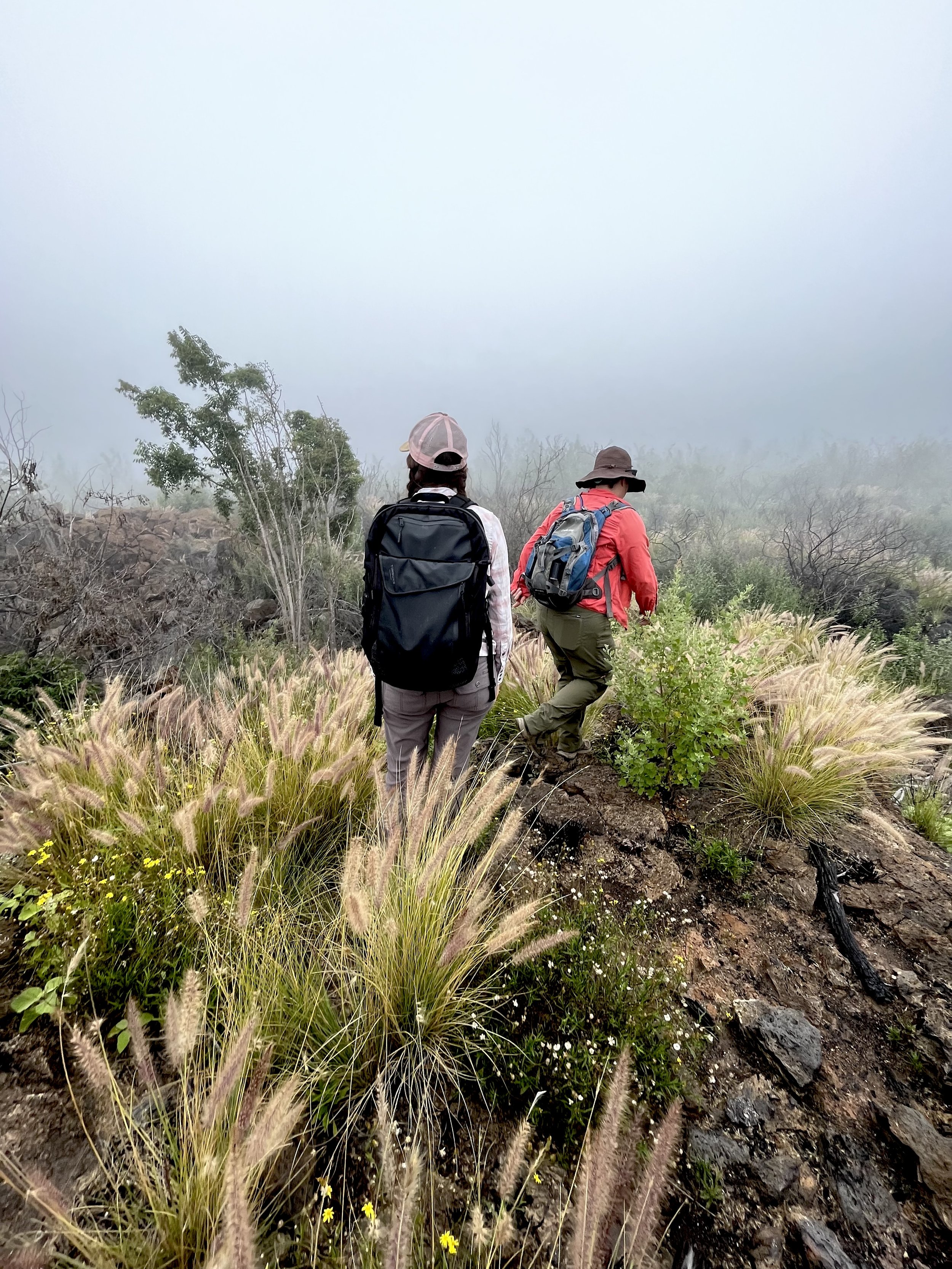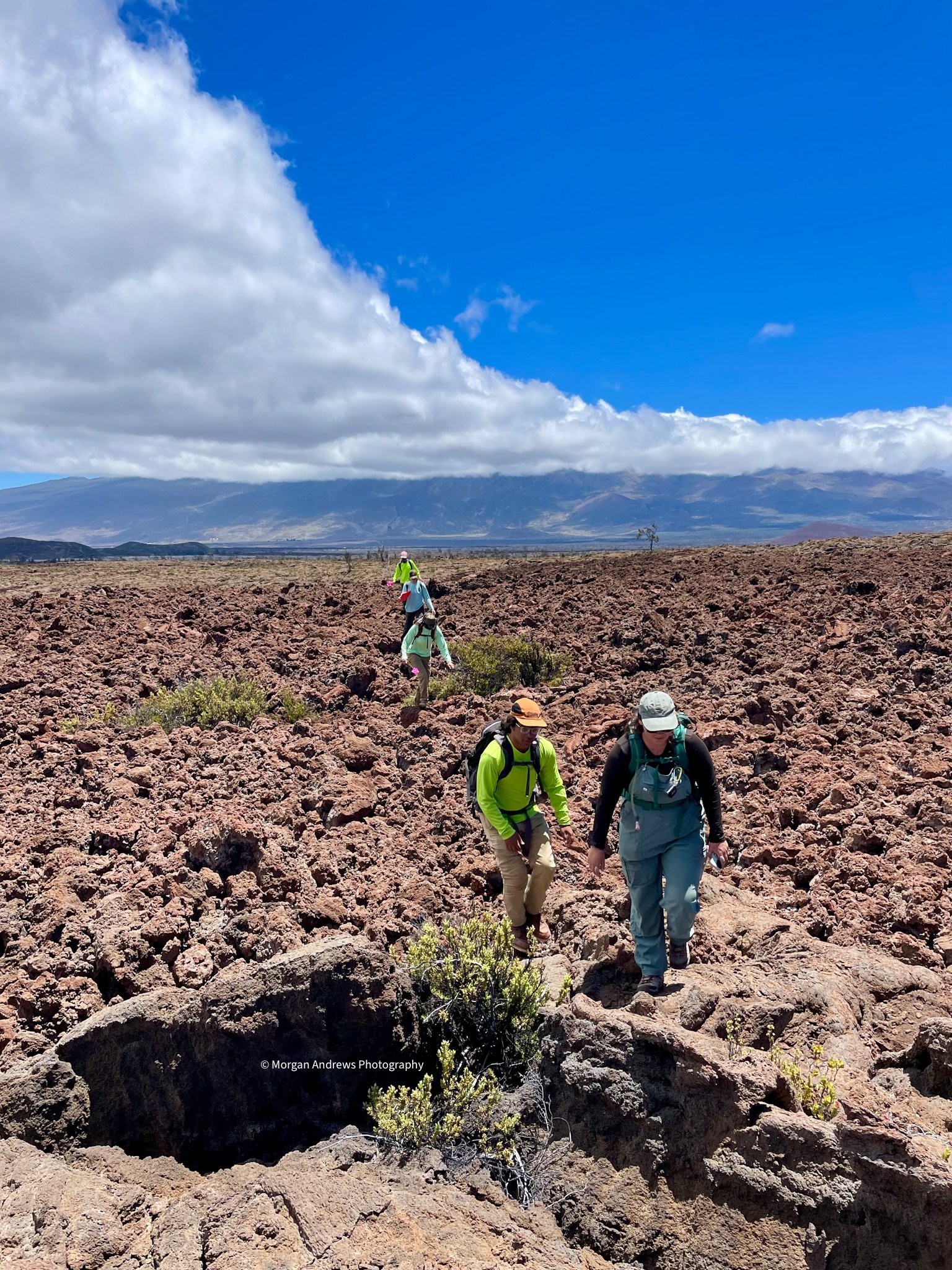SERDP: The Strategic Environmental Research and Development Program
Using Population And Fire Models to Predict Interacting Responses Of Invasive and Threatened And Endangered Plants to Foundational Invader Removal
Invasive species that alter ecosystem structure and function (i.e., “foundational invaders”) are among the primary threats to Threatened and Endangered (T&E) species, particularly on oceanic islands. Department of Defense (DoD) installations on islands are critical to the U.S. military mission and often contain high numbers of T&E species, protected by installation fences from habitat loss, herbivory, and direct exploitation. Charged with simultaneously carrying out training and military readiness activities and protecting federally listed species, installation managers must select and implement invasive species controls that are effective, efficient, and minimize non-target impacts. The objective of this project is to address Statement of Need #RCSON-23-C1 and advance scientific understanding of the changes in distribution, abundance, and population dynamics of invasive species, and their potential foreseeable impacts to military readiness as a result of changes to threatened and endangered species and species at risk. Specifically, the project team aims to use an existing array of invasive species manage/no management plots in the largest DoD installation in Hawaii (Pōhakuloa Training Area [PTA] on Hawai’i Island) to evaluate the impacts of two invasive foundational plant species on six T&E plant species, both currently and within a context of future projected climate change; assess the impact of existing control measures on both focal invaders and T&E species; project future T&E species population trajectories given feedbacks with invaders under various control method scenarios; and develop decision-support guidance for DoD managers selecting invasive species control protocols while adjusting for T&E species requirements and climate change. This work builds on the five-year, recently completed, SERDP-funded study of endangered plant species responses to invasive predators at PTA.
-
Sara Souther, PhD
Assistant Research Professor, School of Earth and Sustainability
Core member, Center for Adaptable Western Landscapes, Northern Arizona University
Clare Aslan, PhD
Associate Director and Associate Professor, School of Earth and Sustainability
Co-Director, Center for Adaptable Western Landscapes, Northern Arizona University
Karen Haubensak, PhD
Associate Research Professor, Department of Biological Sciences
Center for Adaptable Western Landscapes
-
Alex Croydon
MS in Environmental science & Policy
Morgan Andrews
MS in Environmental science & Policy
Products
-
Cortina, C., C. E. Aslan, and S. Litson. In press. Importance of non-native honeybees (Apismellifera) as flower visitors to the Hawaiian tree ʻŌhiʻa lehua (Metrosideros polymorpha) across an elevation gradient. Pacific Science.
Aslan, C., Beckman, N., Rogers, H., Bronstein, J., Zurell, D., Hartig, F., Shea, K., Pejchar, L., Neubert, M., Poulsen, J., HilleRisLambers, J., Miriti, M., Loiselle, B., Effiom, E., Zambrano, J., Schupp, E., Pufal, G., Johnson, J., Bullock, J., Brodie, J., Bruna, E., Cantrell, S., Decker, R., Fricke, E., Gurski, K., Hastings, A., Kogan, O., Powell, J., Razafindratsima, O., Sandor, M., Schreiber, S., Snell, R., Strickland, C., & Zhou, J. 2019. Employing plant functional groups to advance seed dispersal ecology and conservation. AoB Plants. online first (editor’s choice). doi: 10.1093/aobpla/plz006.
Aslan, C. E., A. Shiels, W. Haines, and C. T. Liang. 2019. Non-native insects dominate daytime pollination in a high-elevation Hawaiian dryland ecosystem (Featured article). American Journal of Botany 106: doi 10:1002/ajb2.1233.
Aslan, C. E., C. T. Liang, A. Shiels, and W. Haines. 2018. Absence of native flower visitors for the endangered Hawaiian mint Stenogyne angustifolia: impending ecological extinction? Global Ecology and Conservation 16:e00468.
Aslan, A., P. Hart, J. Wu, and C. E. Aslan. 2014. Evaluating the qualitative effectiveness of a novel pollinator: a case study of two endemic Hawaiian plants. Biotropica 46:732-739.
Aslan, A. B., P. Hart, J. X. Wu, and C. E. Aslan. 2014. Implications of a novel mutualist for fecundity of endemic Hawaiian plants. Biotropica 46:732-739.
Aslan, C. E., E. S. Zavaleta, B. Tershy, D. Croll, and R. Robichaux. 2014. Imperfect replacement of native species by non-native species as pollinators of endemic Hawaiian plants. Conservation Biology 28:478-488.
-
-
Coming soon!
-
Coming soon!
